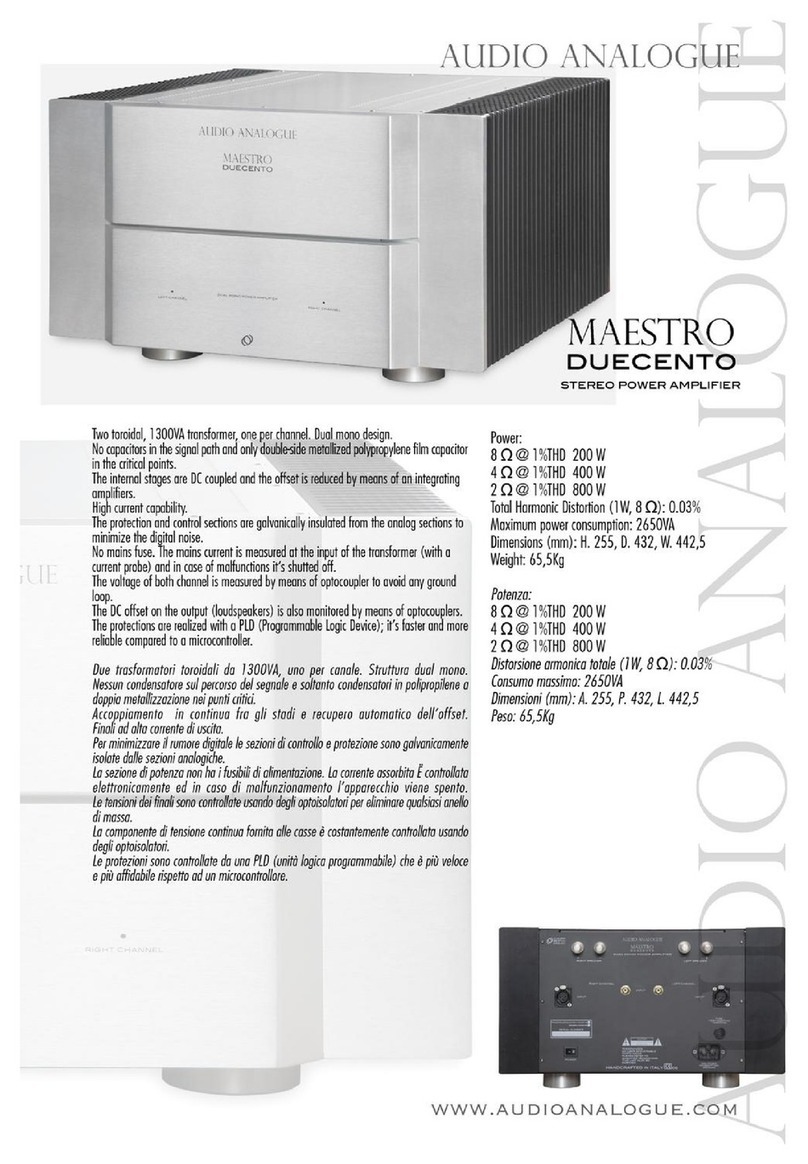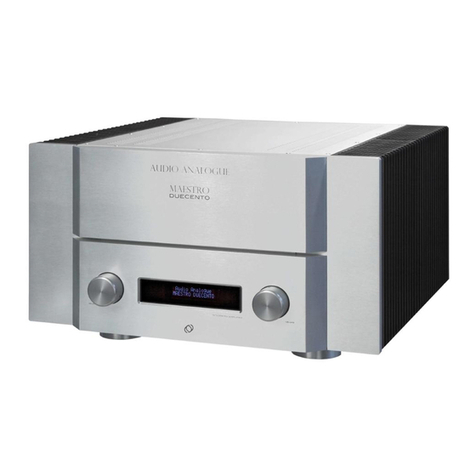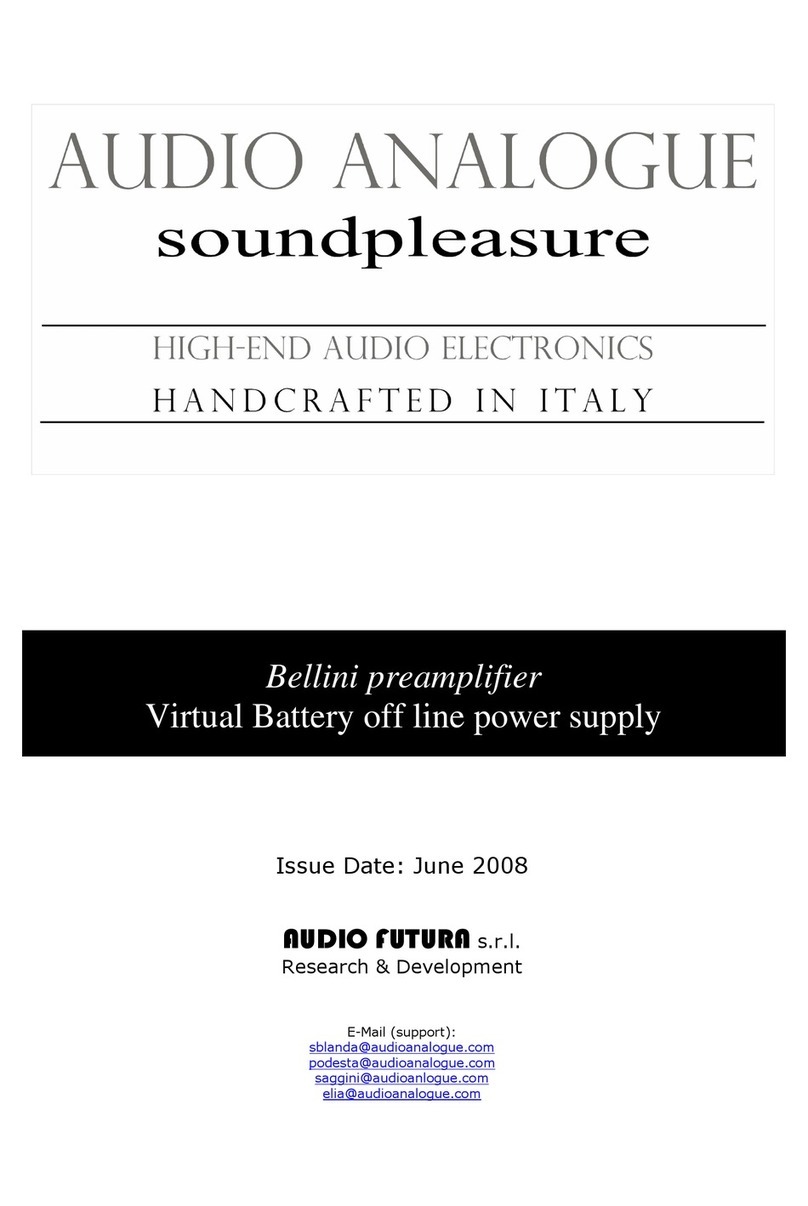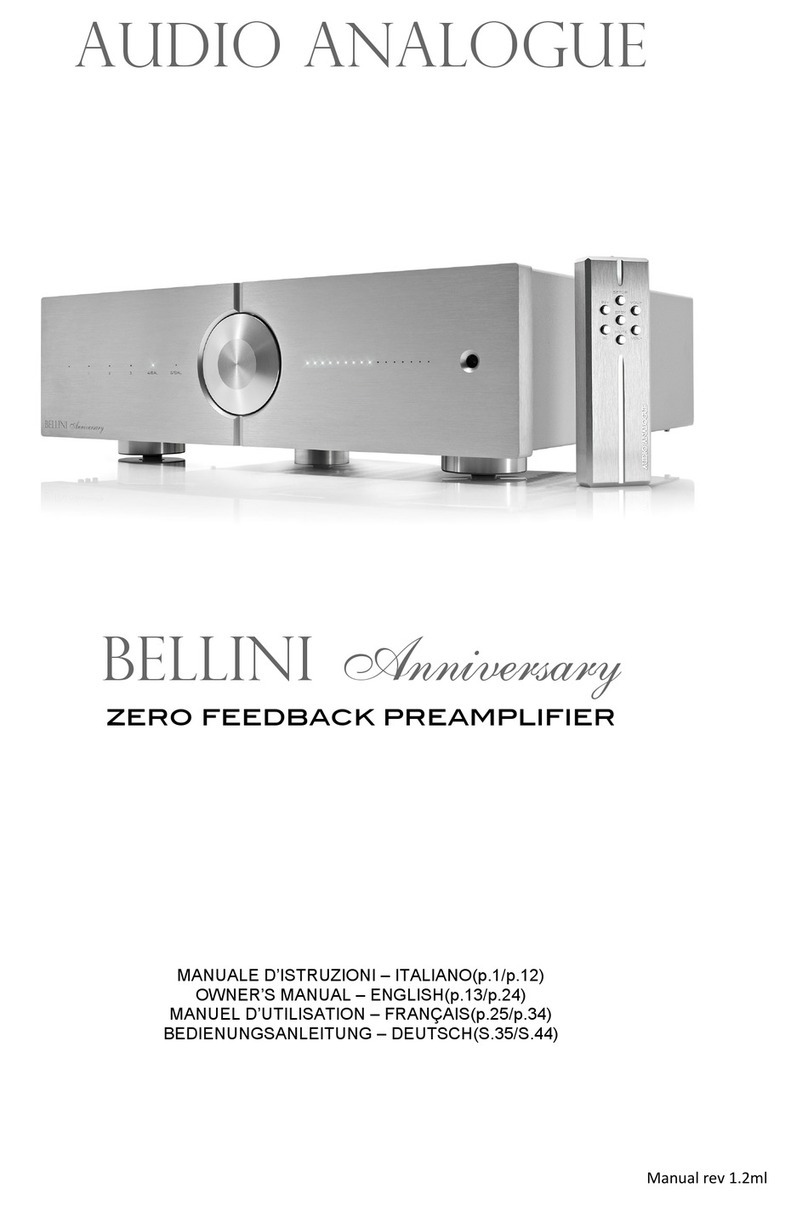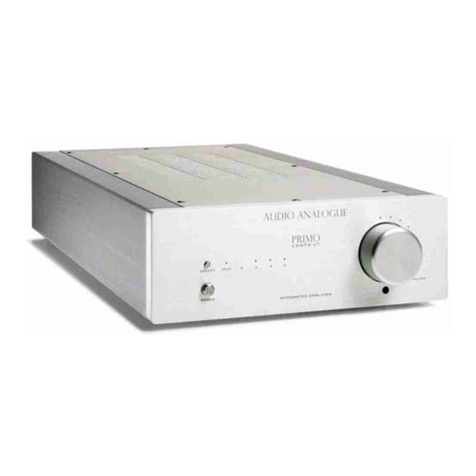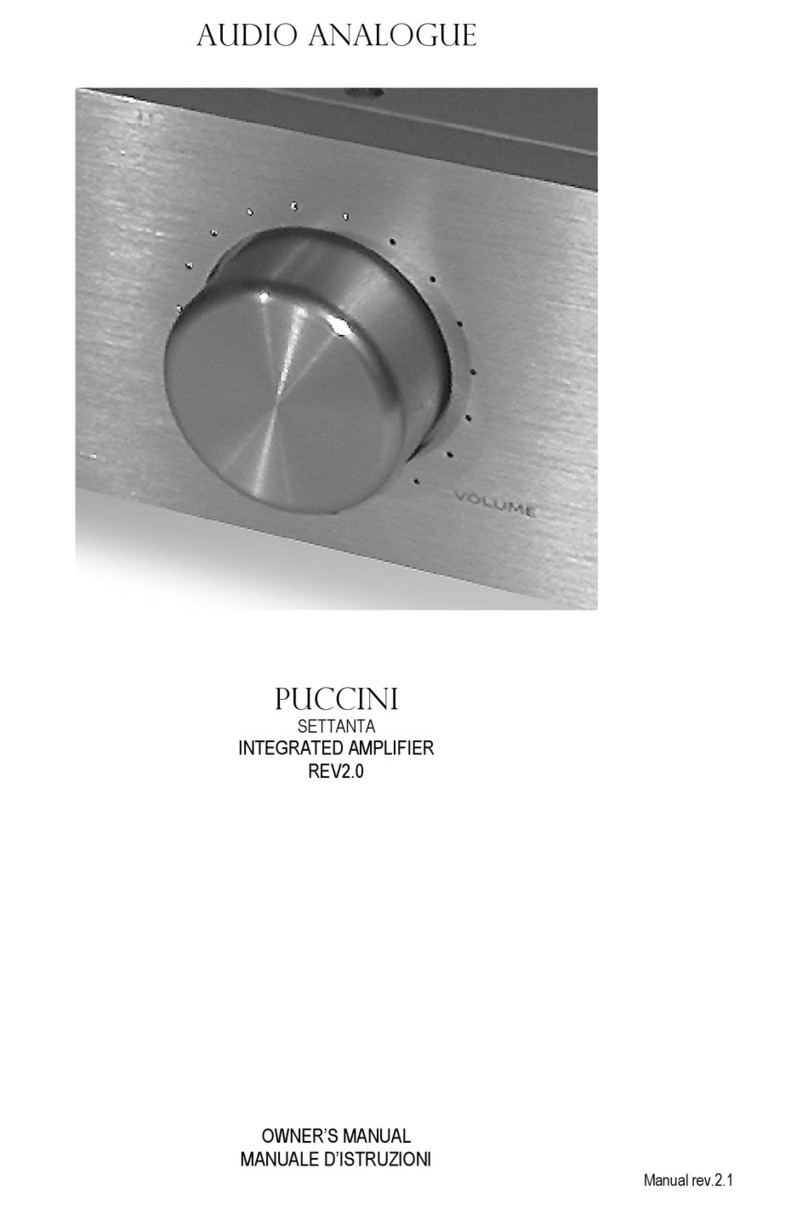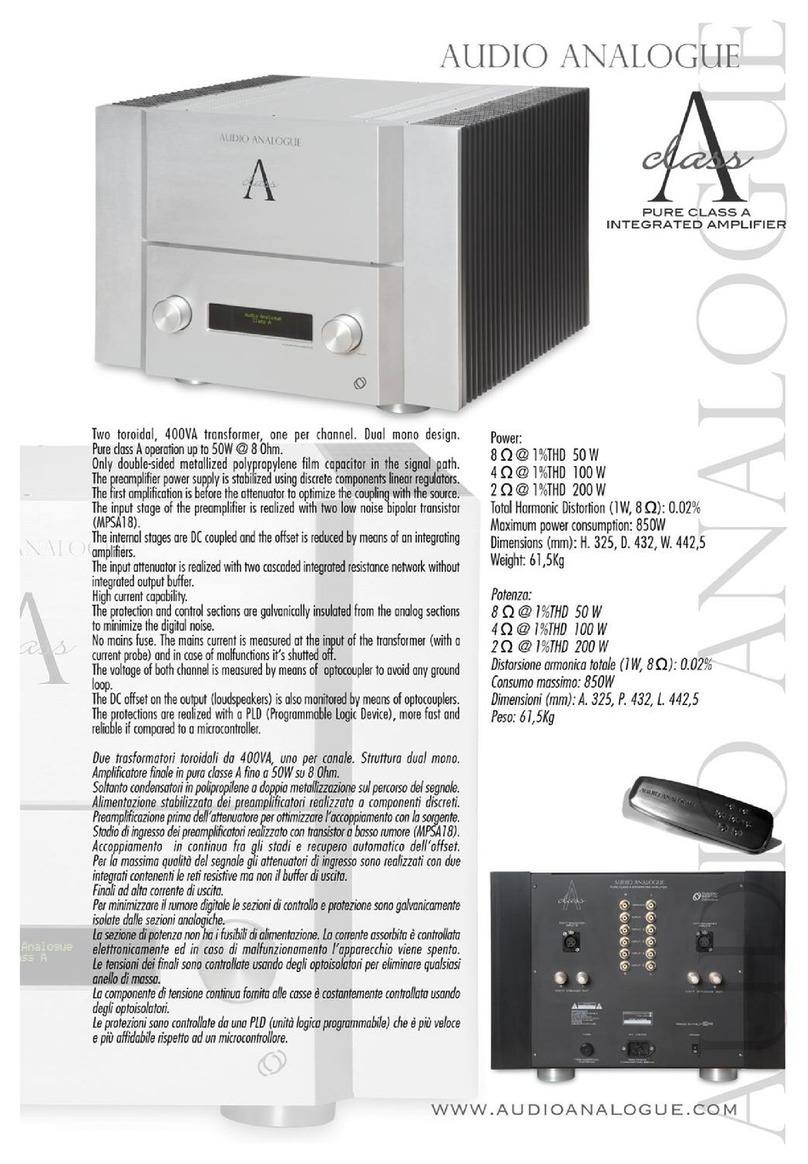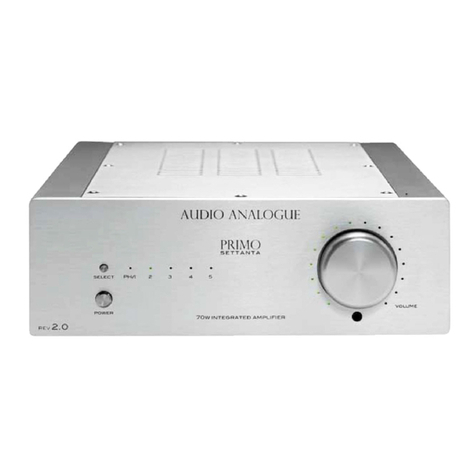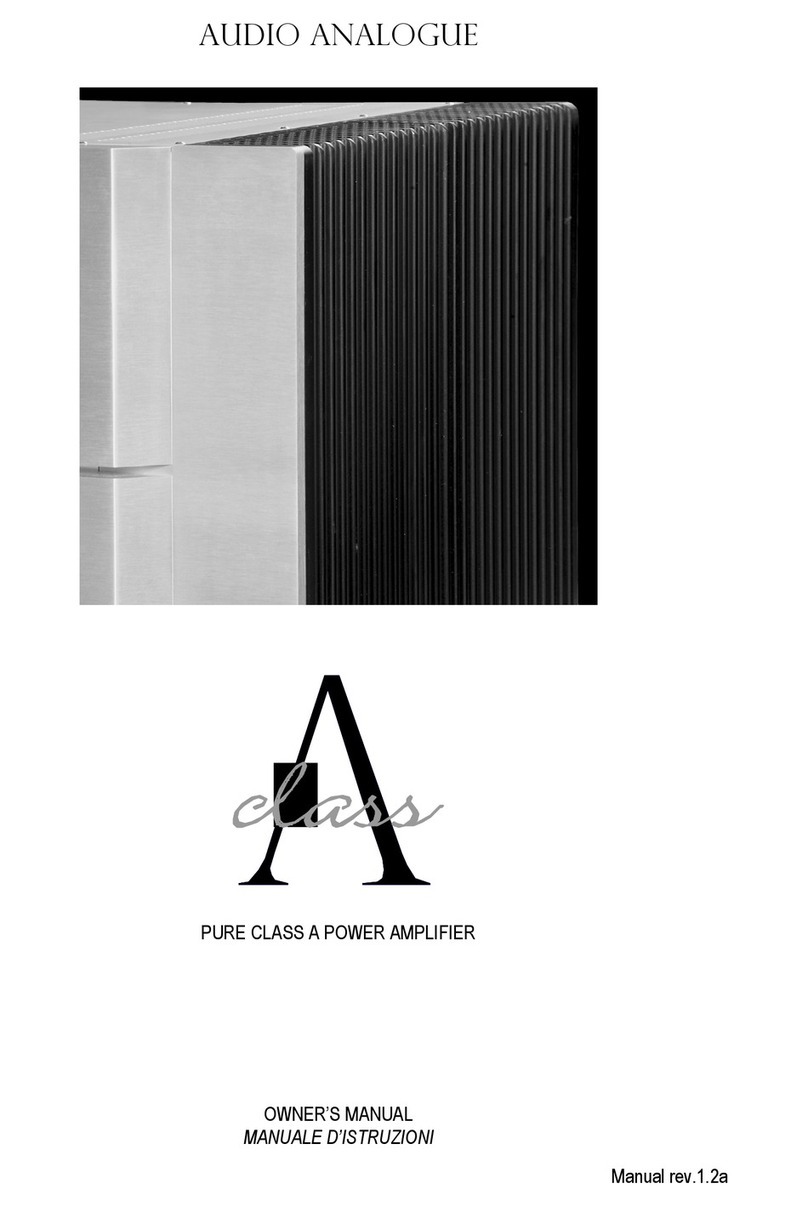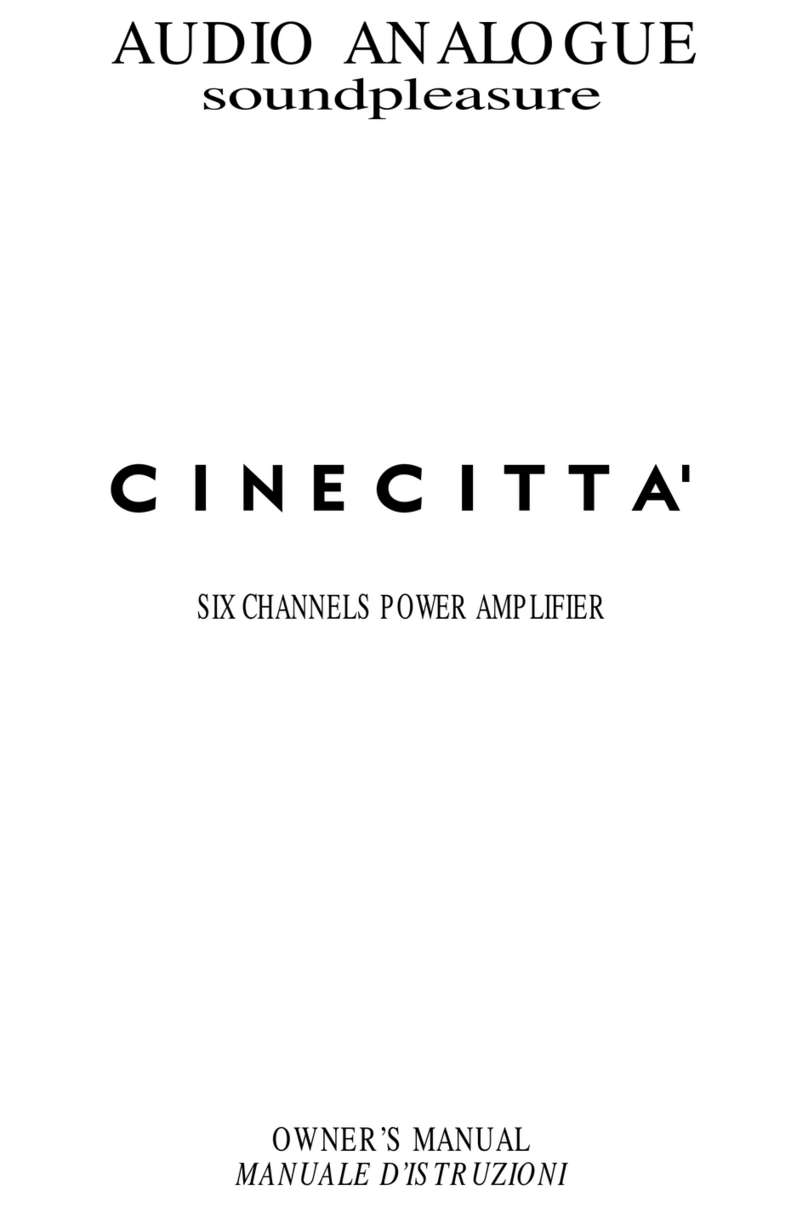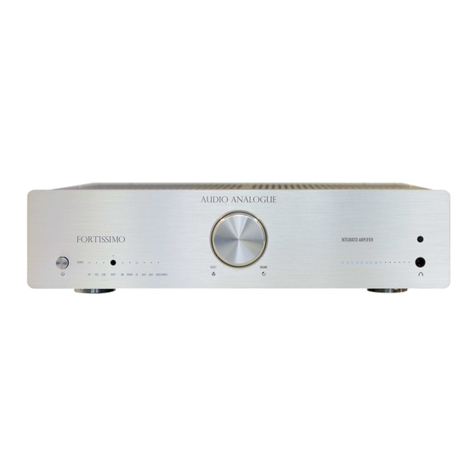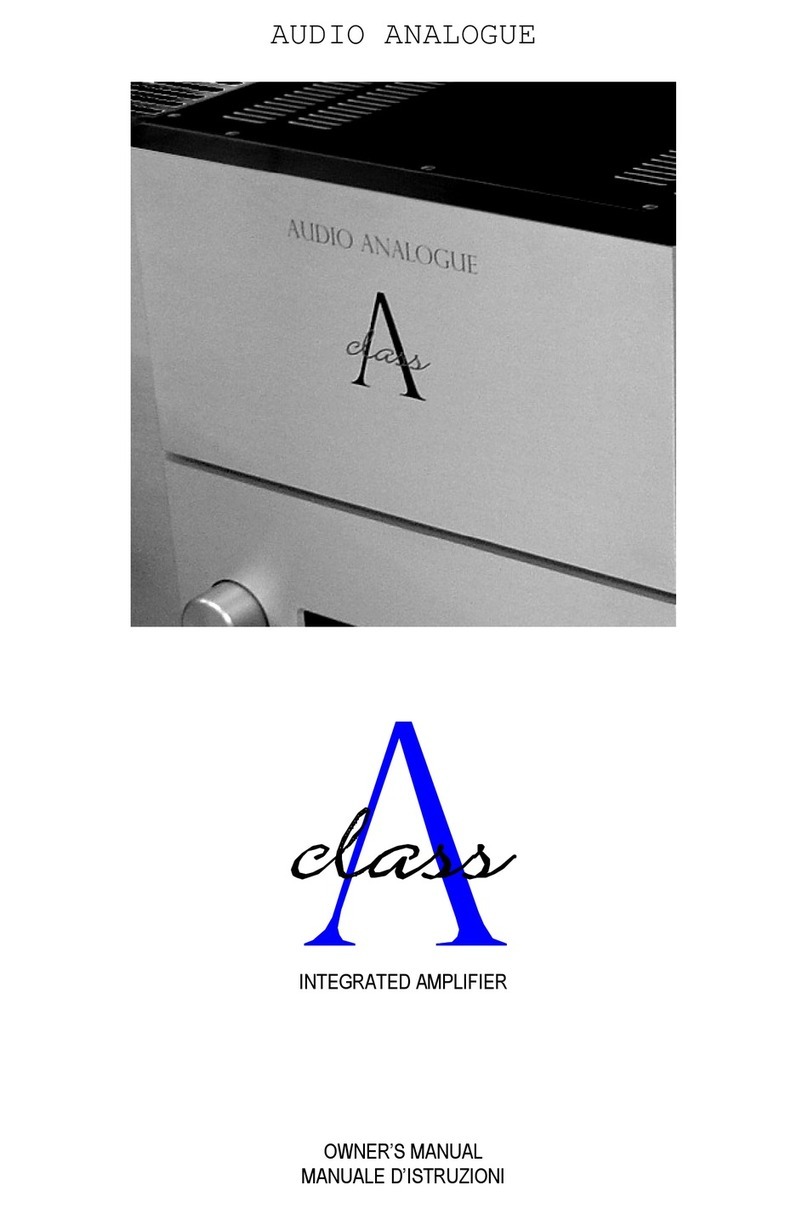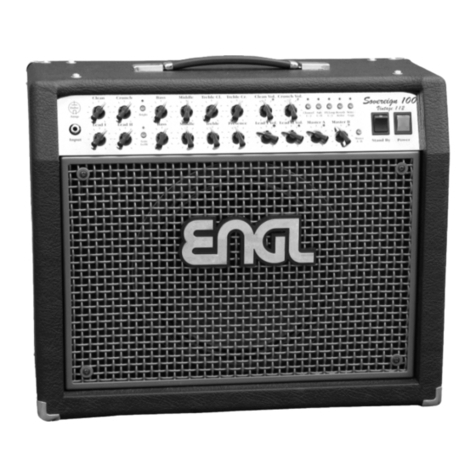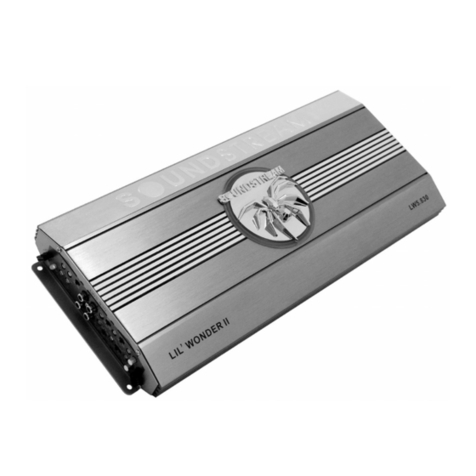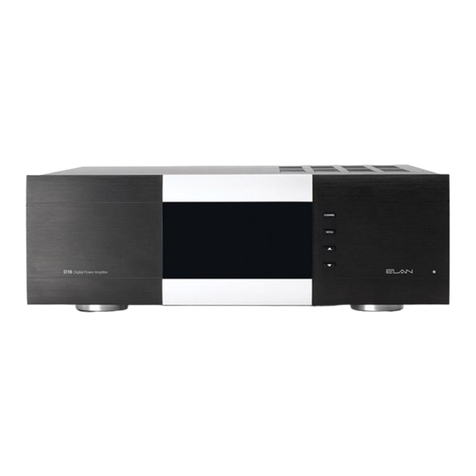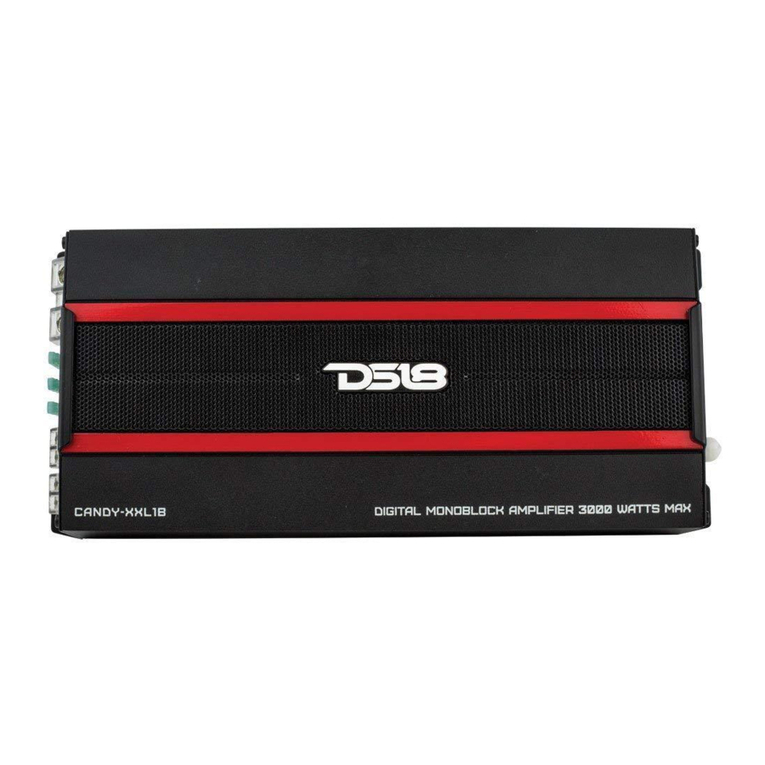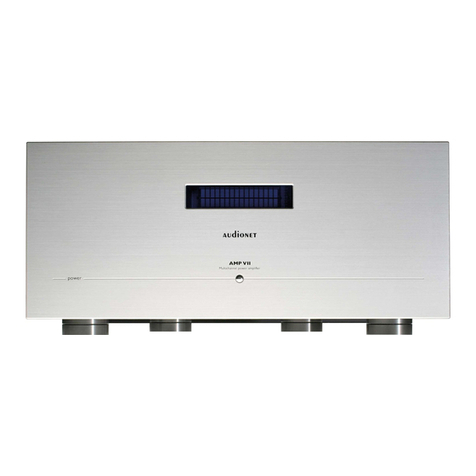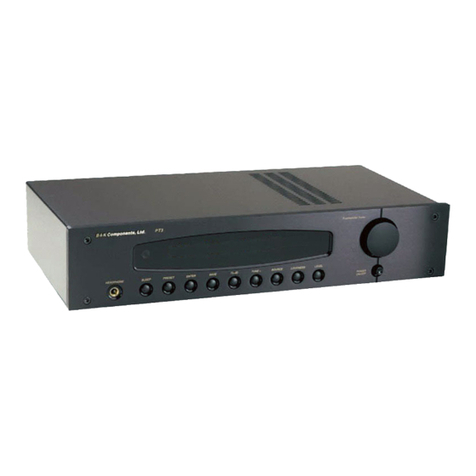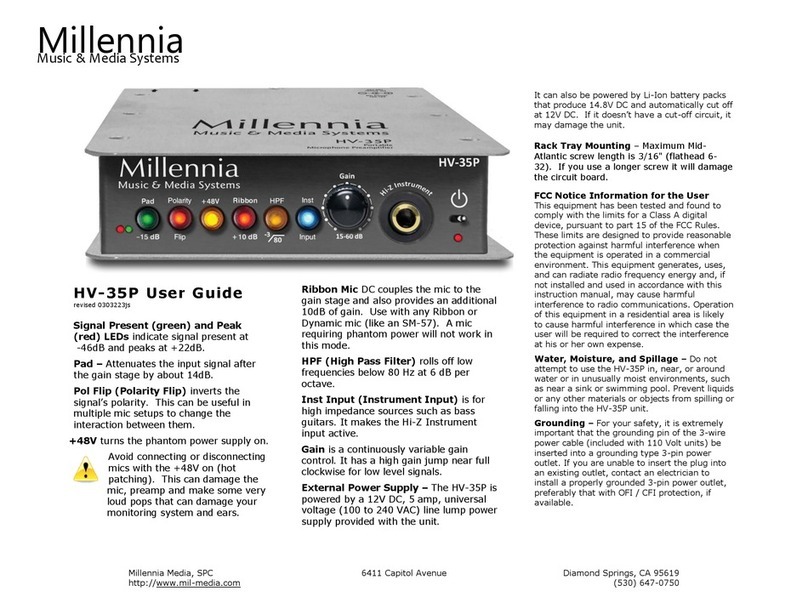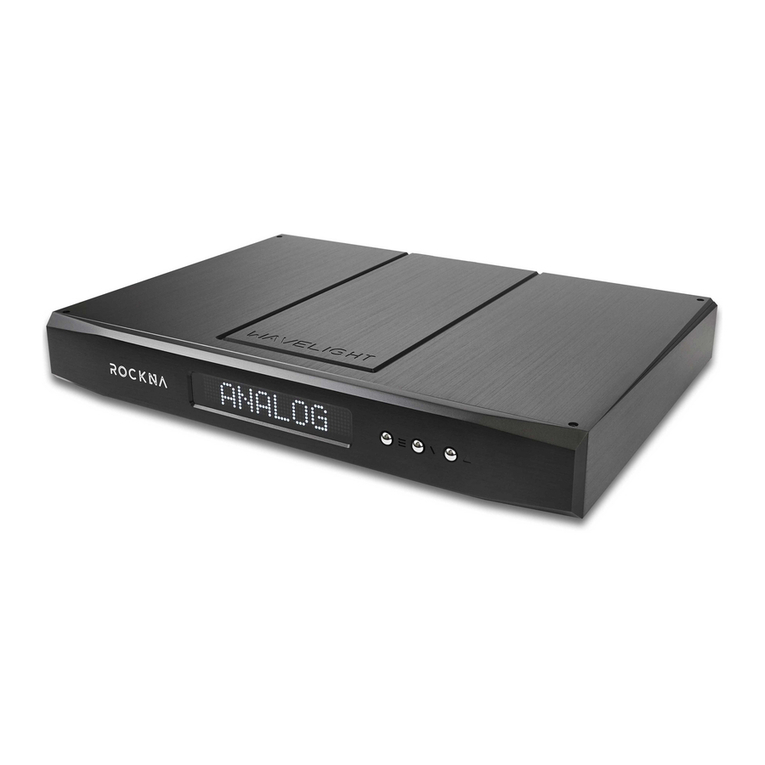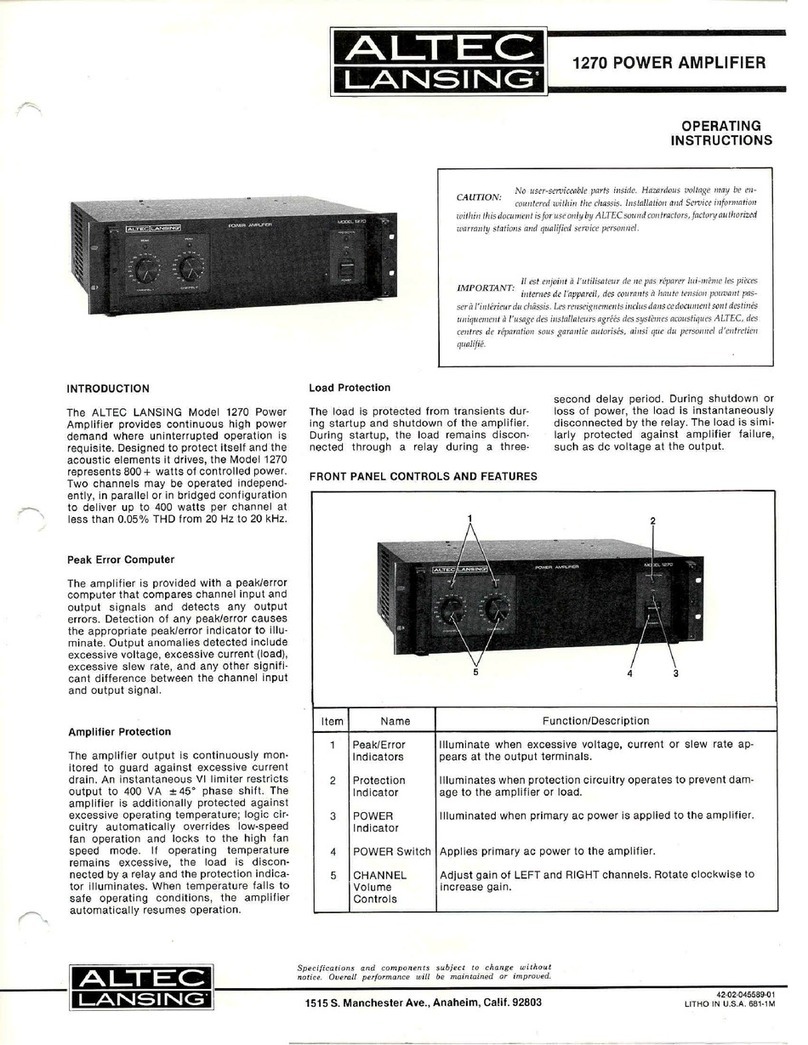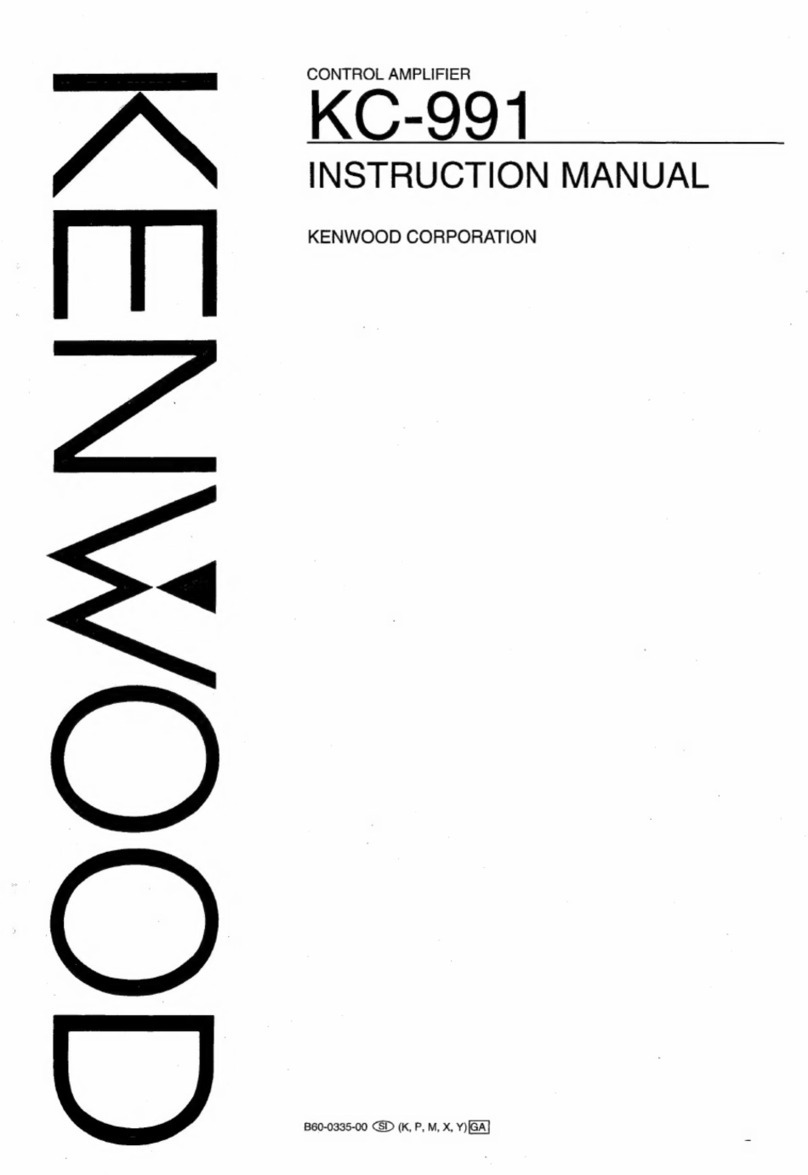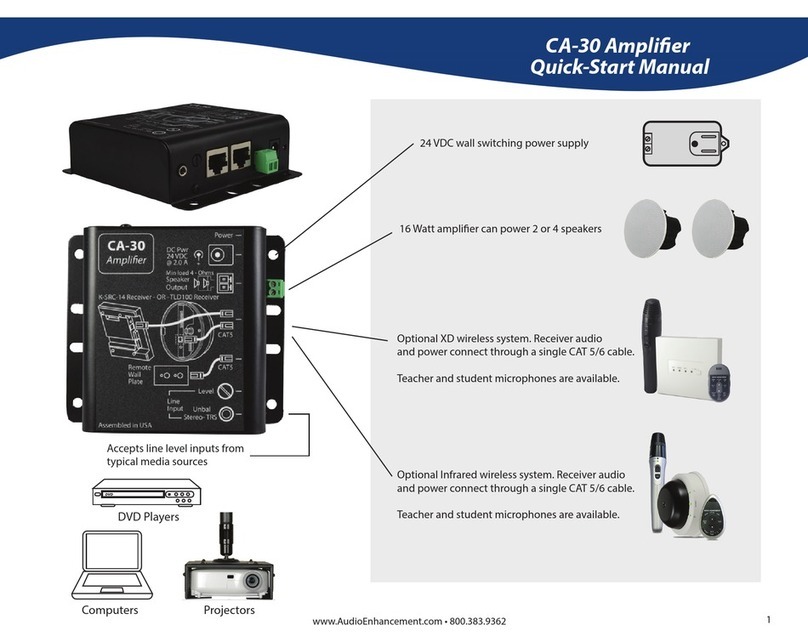AUDIO FUTURA
AUDIO FUTURAAUDIO FUTURA
AUDIO FUTURA
spa
Bellini preamplifier – Virtual Battery off line power supply 3 / 5
Virtual battery
Obviously the target is to not have power supply interferences at all.
The first step is to clean out the AC line, an this is what is one with a “AC filter”. But
the solution oesn’t help in any way to eliminate the low frequencies problems.
The perfect solution woul be to not connect the unit to the AC line an take the
supply from a battery, but this is impossible for power amplifier for evi ent reasons
an very not useful for a preamplifier or au io source too.
To solve the problem we have esigne a virtual battery power supply. That’s say a
circuit that isolates completely the preamplifier power supply from the AC main.
How can you see in the schematic (Fig. 1), the AC main is filtere just as it reaches
the boar to eliminate any high frequency isturbance. Then the AC voltage is
re uce by the transformer to be usable on the boar , rectifie by the bri ge an
then filtere . Then we foun two voltage regulators one for the positive voltage an
the other for the negative. The Area1 is “contaminate ” by the 50Hz (60Hz) presence.
What we have one in this part is trying to eliminate the interference as possible,
esigning two iscrete components voltage regulators (voltage regulators 1 an 2)
with very high 50Hz/60HZ noise rejection.
Until now nothing of new un er the sun, because these solutions are present with
better or worse results in every goo au io equipment, the virtual battery comes
beyon . What we want to o is to never connect in any way the preamplifier supply
stage (that supplies the preamplifiers stage, the input selection circuit an the volume
circuit) to the 50Hz/60Hz area.
This is implemente supplying the Voltage regulators 3 an 4 by a capacitor bank of
156000uF(!!!!) via soli state bipolar switches.
The circuit works as follows:
•at the turn on the control, that governs every switches an can sense the
values of the voltage at the points V1 an V2, opens the switches 5, 6, 7 an 8
leaving the Voltage regulators 3 an 4 (an so all the preamp circuits)
unpowere , while closing the switches 1, 2, 3, an 4. In such way after a elay
all the capacitors in the four banks are charge .
•Then the control open the switches 1 an 3 an closes the switches 5 an 7.So
the Area2 is powere by the banks B1 an B3 but is isconnecte from Area1.
The voltage regulators 3 an 4 works consuming the charge store in the
capacitors of the banks B1 an B3. So the voltage at point V1 an V2 ecrease.
•The control observes the voltage V1 an V2, an when they are too low the
control switches off the switches 5 an 7 isconnecting the banks B1 an B3
from the Area2, switches off the switches 2 an 4 isconnecting the banks B2
an B4 from the Area1 an then switches on the switches: 6, 8 (connecting
banks B2 an B4 to voltage regulators 3 an 4). Then the control close the
switches 1 an 3 connecting the banks B1 an B3 to the Voltage regulators 1
an 2 an charging again the capacitors of the two banks.
